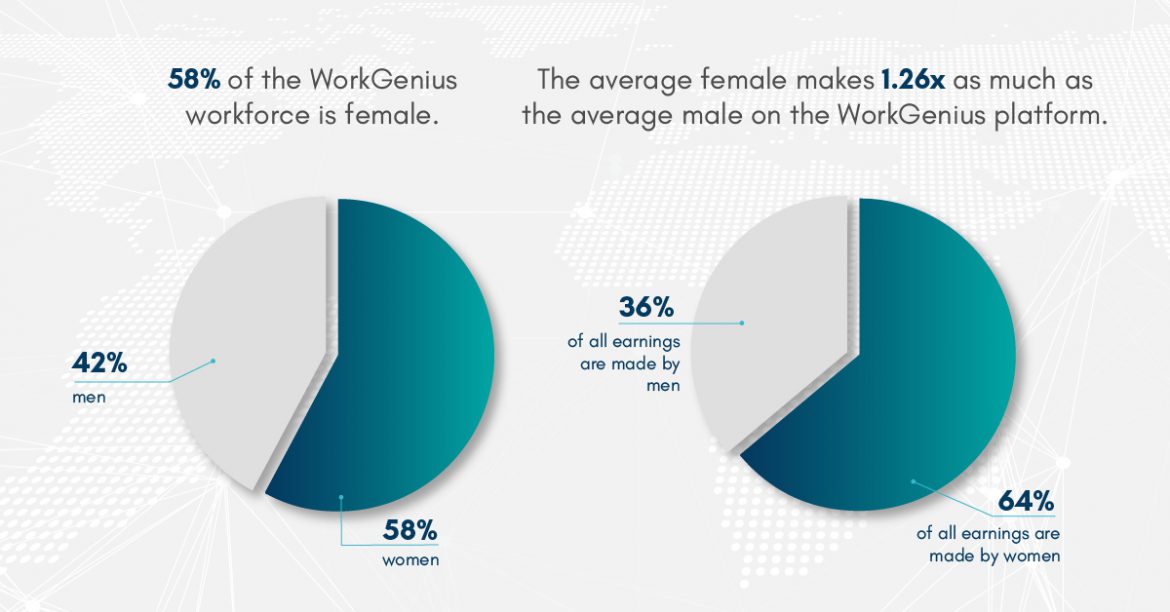“I need some experienced software architects. Mind you, I didn’t say GOOD experienced software architects. Because I gave up on finding good ones months ago.” The words of the CEO of one of the Fortune 500 companies in an interview show the difficulties that many companies face.
Recruiting suitable professionals has become a major challenge for both HR and technical departments of companies. According to Bitkom statistics, there are 96,000 unfilled IT positions in Germany, with it taking an average of six months to fill one of the vacant positions. But even after positions are filled, there are some risks – unsatisfactory results and dissatisfied talent quickly lead to rejected offers or terminations, which are very costly for companies. Knowing what the no-gos are in the tech talent hiring process therefore not only improves the candidate’s experience, but gives companies an advantage in the war for talent. In short, if you want to create a win-win situation, you should pay special attention to the following four aspects of the hiring process.
1. Irrelevant job targeting – a lot doesn’t help much
According to Codingame, 50% of developers* get job offers that neither match their experience nor are relevant to their preferences. Mass mailing of job postings just because the company has a need does not lead to success, instead, the company wastes money and time. In most cases, tech talent tends to be annoyed by messages about jobs that don’t fit their area of expertise. So take your time and try to match candidate’s and job as good as possible.
Something that in practice is easier said than done – often the search for suitable IT talent turns out to be the most difficult step in the entire process. To increase the chance of success right from the beginning, start by developing a clear understanding of your gaps and setting up a practical plan to fill them. In addition, ideally use an approach precisely focussing on the candidate’s experience and how to improve it. Underemphasising the pre-selection process will cost both candidates and companies unnecessary time. Instead, invest this time in great preparation: start creating a job description with the technical team. The technical know-how that lies dormant here helps to define suitable criteria and threshold values in order to avoid subjective prejudices when assessing profiles and CVs. Don’t (only) look at years of experience – in most cases, that is not a great indicator to draw conclusions about the performance or skill level of IT professionals. Instead, have the technical team evaluate workpieces or lines of code on platforms such as GitHub or StackOverflow in order to invite suitable candidates for an interview.
2. Squishy questions and irrelevant content – talents want to show their technical know-how
About 38% of developers have a negative attitude towards general interview questions – even if they are technical in nature. In the interview, therefore, refer explicitly to the requirements of the open position and the respective subject area of the IT talent in order to probe a candidate’s concrete technical knowledge. Otherwise, you will miss out on the opportunity to adequately assess the applicant’s skills. The closer the assessment is to the actual challenges of the job, the more informative the results. At the same time, the candidate’s experience will be much more positive – as you’re showing that they’re genuinely interested in technical skills and are looking for the perfect match between job and talent. Try out different tasks, ideally directly involving the technical team in the interview process. This way, both the candidate and current team can get to know each other and get an idea of what a future collaboration might look like. Be as “technical” as possible, because the most important reason for applicants to accept a job offer is an exciting technical challenge.
3. Lack of feedback – no one likes to be left in the dark
Almost half of all applicants (48%) end up not knowing why the job didn’t work out or waiting in vain for feedback after the application process. To avoid any negative experiences of this kind, make sure your candidate gets the feedback they deserve – during and after the entire recruiting process. Not only will the talent get a realistic assessment, but you will also benefit by understanding what to expect in the hiring process and what to look out for. Generally speaking, experts want to work for companies that care about their employees. Therefore, show commitment and interest even before a potential employment relationship is established. Applicants invest a lot of time – return the favor with meaningful feedback.
4. Lack of technical knowledge – when HR and IT do not speak the same language
In general, applicants do not demand that HR professionals have complete technical knowledge. At the same time, 36% of candidates are dissatisfied when HR professionals lack basic tech knowledge. This is not about understanding deep technical processes or keeping up with tech talent, but rather about knowing basic information about the job area. After all, this is the only way you will be able to convey later tasks and challenges to the IT experts in a way they can understand. In addition, technical peer-to-peer interviews offer an ideal opportunity for talents to demonstrate their technical skills. In this case, detailed knowledge of the subject matter is very much required, so ask the technical team for help to enable an eye-to-eye exchange. The accompanying assessment forms the basis for the subsequent selection of the suitable candidate and brings HR and IT to a common denominator.
The bottom line is that recruiting in the tech sector is, as we all know, no easy task, and both HR managers and IT talent have to face a number of challenges. The key is to overcome them together and show applicants that companies take responsibility for their (potential) employees. Make the application process effective and leave a positive impression on applicants before, during, and after.































